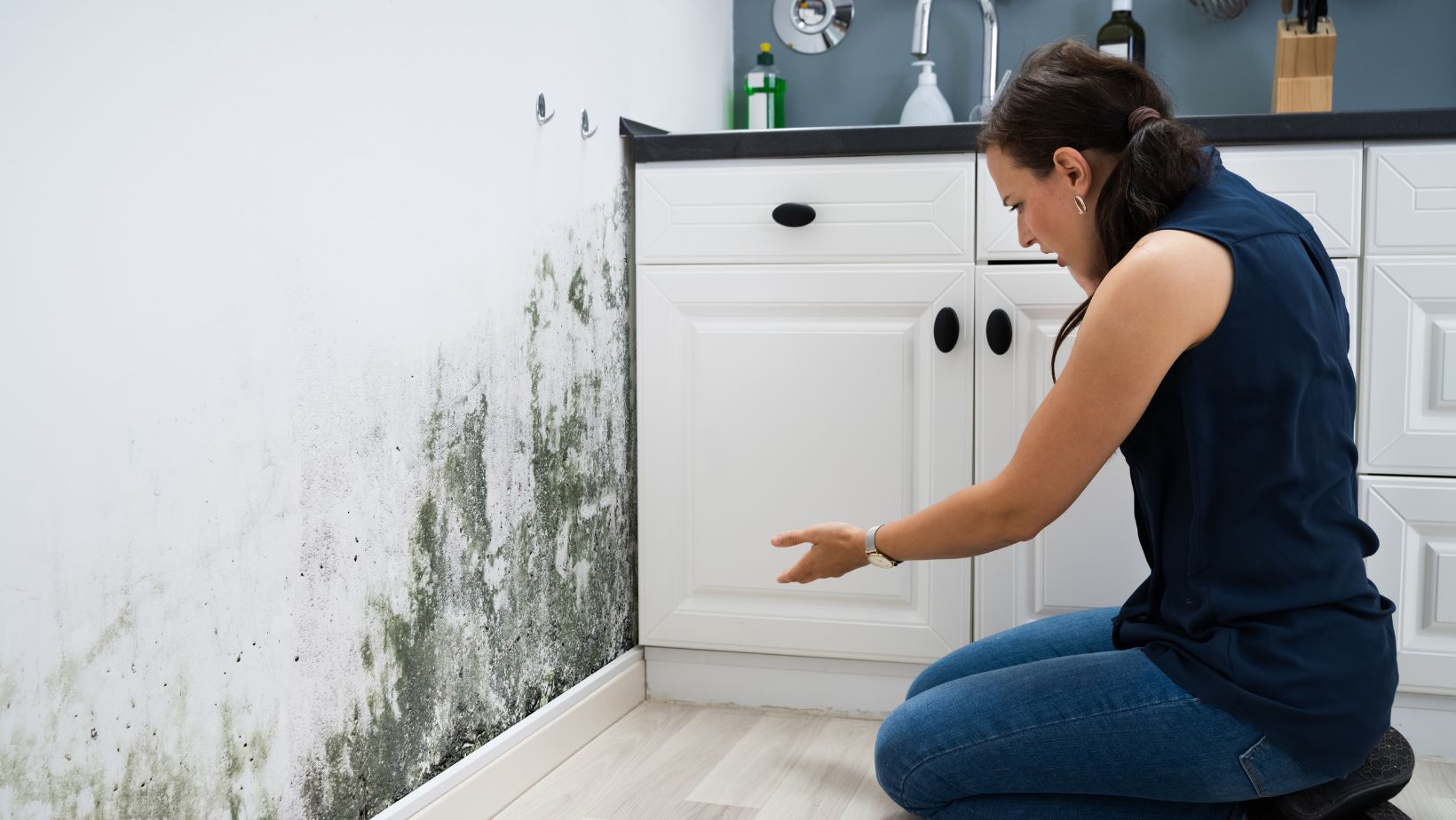Mold is more than just an eyesore in your home; it can pose serious health risks and cause substantial damage if left unchecked. Mold thrives in damp, humid conditions, often hidden from plain sight behind walls, under floors, or in ventilation systems. These colonies of mold can release spores that are harmful when inhaled, potentially triggering allergies, respiratory issues, and other health concerns, especially for those with preexisting conditions. Beyond health impacts, mold can compromise the structural integrity of a property, as it gradually eats away at materials like drywall, wood, and carpet. Taking time to locate and resolve molding issues early can save you from costly repairs and health risks down the road.
Identifying the Common Causes of Mold
Mold growth is typically fueled by moisture, making it crucial to identify and address any sources of dampness in your home. Common causes include leaks from pipes, windows, or roofs, high humidity levels, or poor ventilation in areas like bathrooms, kitchens, and basements. Appliances that generate moisture, such as dishwashers and dryers, can also contribute to the problem if not properly vented. Knowing these common triggers allows homeowners to be more vigilant, especially after events like heavy rainfall, flooding, or a burst pipe. Regular inspections in moisture-prone areas can help you catch mold early before it spreads and causes significant damage.
Early Signs of Mold to Look Out For
Spotting mold before it becomes a large-scale problem can save you a lot of time, effort, and money. Early signs include a musty odor, which is often one of the first indications of mold, even if you can’t see it yet. Visually, mold may appear as small black, green, or white spots on surfaces, especially in corners or around window frames.
Pay attention to discoloration on walls, ceilings, and floors, as well as peeling paint or wallpaper. Another telltale sign is an increase in allergic symptoms, like coughing or sneezing, among household members. These indicators should prompt immediate action to prevent mold from spreading further.
When to Seek Professional Help
While DIY mold removal can be effective for minor cases, there are times when professional assistance is necessary. If you’re dealing with large-scale mold growth or toxic mold varieties, such as black mold, and need to get your home inspected, professional remediation is essential to fully address the problem. Professional mold inspectors can conduct air quality tests and use specialized equipment to detect and eliminate mold. Additionally, experts can address underlying moisture issues that may be contributing to mold growth. Investing in professional help not only ensures a safer removal process but also provides long-term peace of mind by addressing root causes effectively.
Conducting a Thorough Mold Inspection
Once you’ve identified potential signs of mold, a comprehensive inspection can help locate hidden mold spots. Start by checking damp and poorly ventilated areas such as the basement, attic, and crawl spaces. Use a flashlight to look in hard-to-reach spaces, and don’t ignore small areas—mold can thrive in even the tiniest crevices. Moisture meters can also be helpful tools, as they detect moisture levels in materials like drywall and wood where mold could be hiding. If you’re uncertain or dealing with hard-to-reach areas, consider hiring a professional mold inspector who has the equipment and expertise to uncover hidden mold growth effectively.
Safe Removal Methods for Mold
Removing mold safely is essential to prevent spreading spores to other parts of your home and to protect your health. Small patches of mold can be treated with a solution of water and bleach, or a commercial mold remover. When handling mold, wear protective gear like gloves, a mask, and goggles to avoid direct exposure to mold spores. Ensure the area is well-ventilated, and carefully dispose of any contaminated materials like sponges or rags used during the cleaning. For larger areas or cases where mold has penetrated deep into walls or flooring, it’s best to seek professional mold remediation services. Experts can remove the mold more thoroughly and reduce the risk of it returning.
Preventing Mold from Returning
Once you’ve removed mold, taking preventive measures will help keep it from coming back. Start by addressing any water leaks or sources of moisture right away. Installing a dehumidifier in areas prone to dampness, like basements or laundry rooms, can help keep humidity levels below the threshold at which mold thrives (usually below 60%). Regularly cleaning surfaces and ensuring proper ventilation in bathrooms, kitchens, and other high-humidity areas can also reduce the chance of mold growth. By sealing windows and improving insulation, you can minimize condensation that often leads to mold problems, especially during colder months.
Regular Maintenance to Keep Mold at Bay
Consistent home maintenance is key to preventing mold from taking hold in the first place.
Regularly inspecting your home’s plumbing, roofing, and ventilation systems can prevent leaks and moisture buildup. For added protection, consider waterproofing your basement and using mold-resistant products like paint and drywall in moisture-prone areas. Homeowners should also be mindful of their landscaping, as proper drainage around the foundation helps reduce the risk of basement flooding. Taking these proactive measures can keep your home mold-free and ensure a healthier, safer living environment.
Dealing with mold may seem overwhelming, but addressing the issue early makes it far more manageable. By knowing where to look for mold, understanding its common causes, and taking a proactive approach to prevent future growth, you can protect both your health and your home’s value. While minor mold issues can be handled with DIY methods, never hesitate to seek professional help for extensive or hard-to-remove mold. Regular maintenance and prompt attention to any signs of moisture will help you stay ahead of potential mold problems, ensuring your home remains a clean and safe space.




More Stories
Why You Should Invest In Professional Scaffolding Services?
Maximizing Space and Functionality: The Ultimate Guide to Garage Building
The Importance of Quality Siding in MA